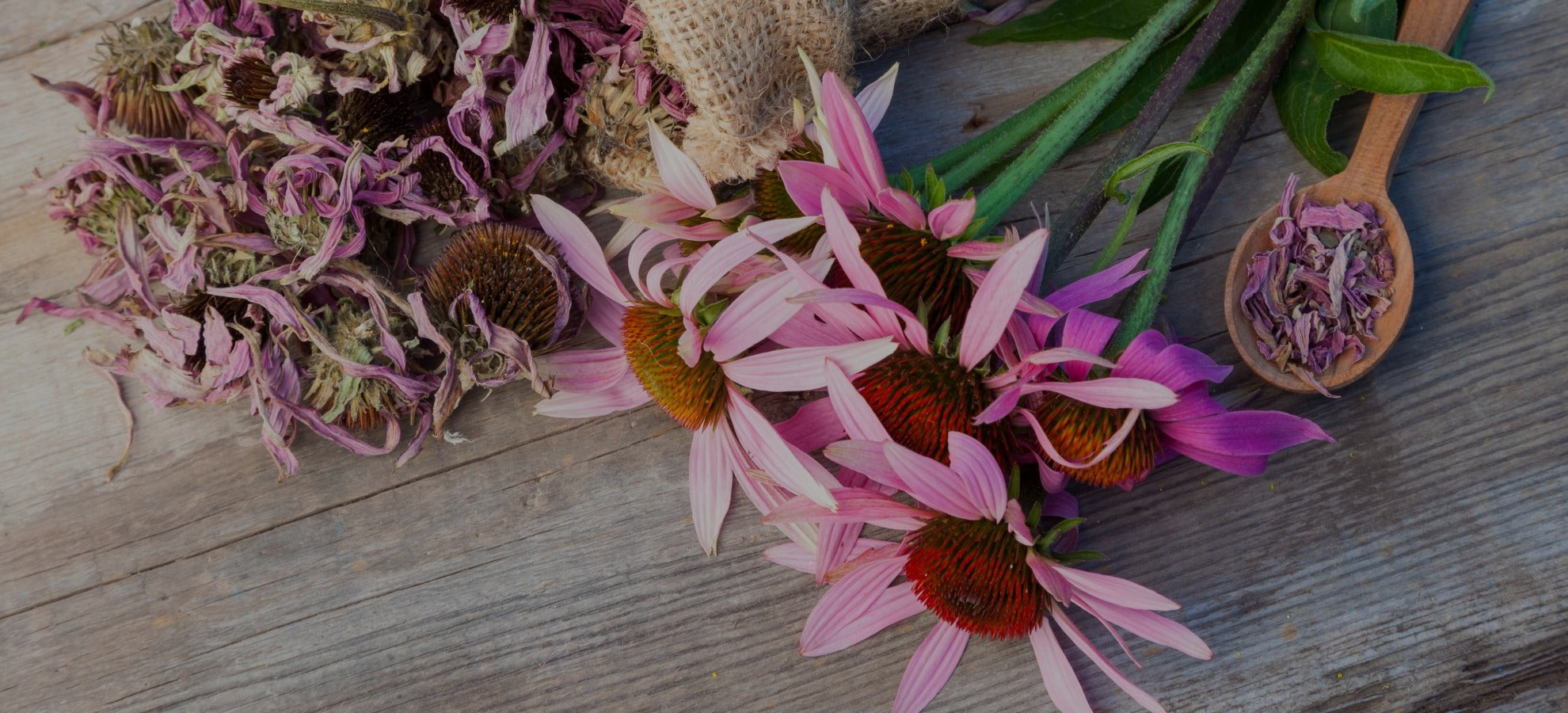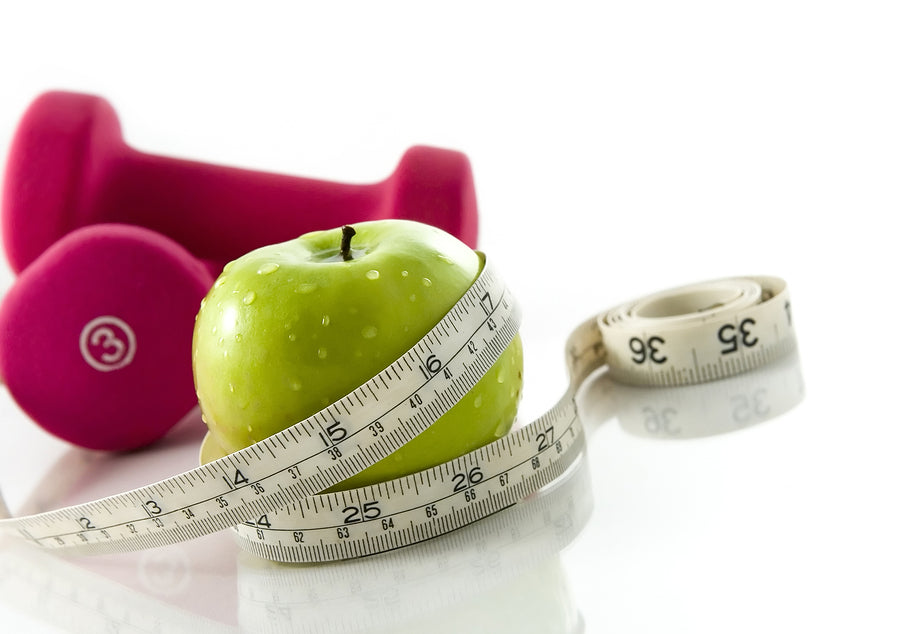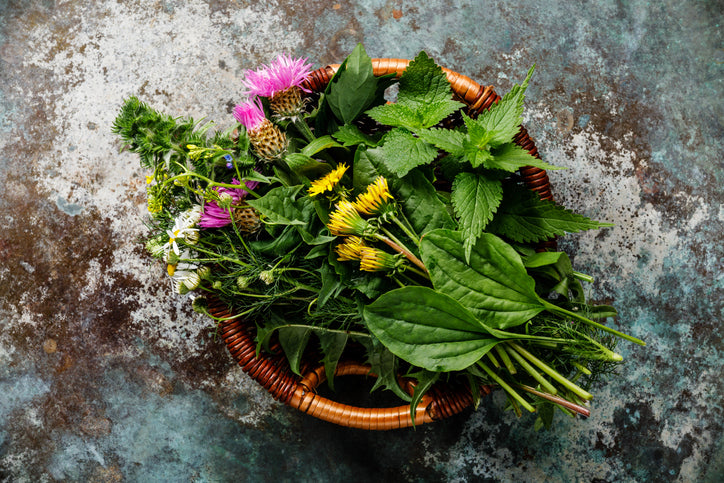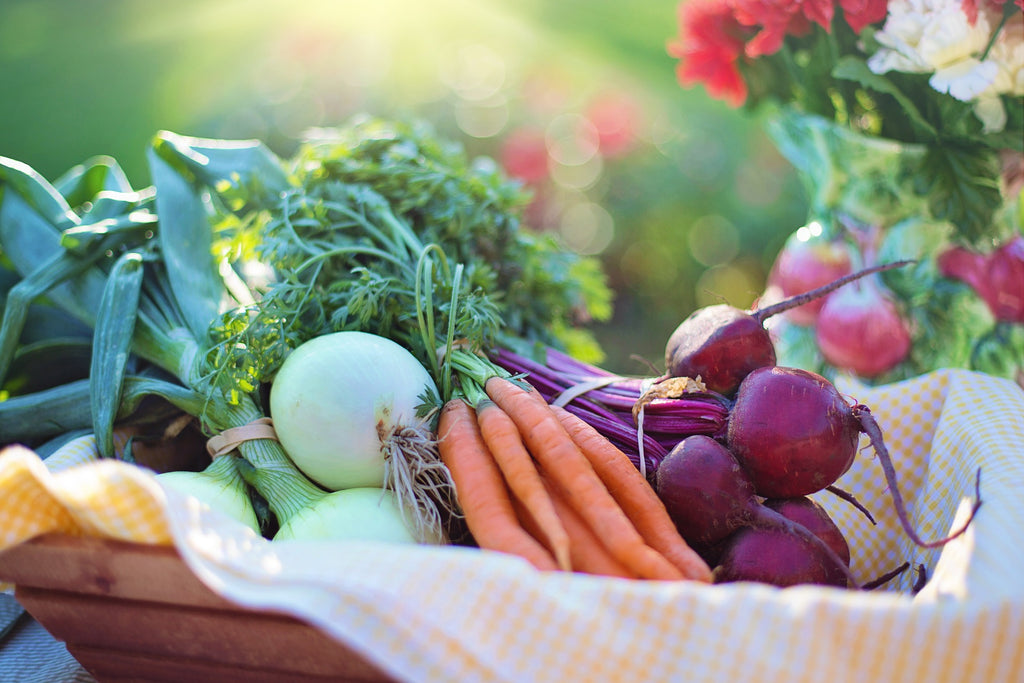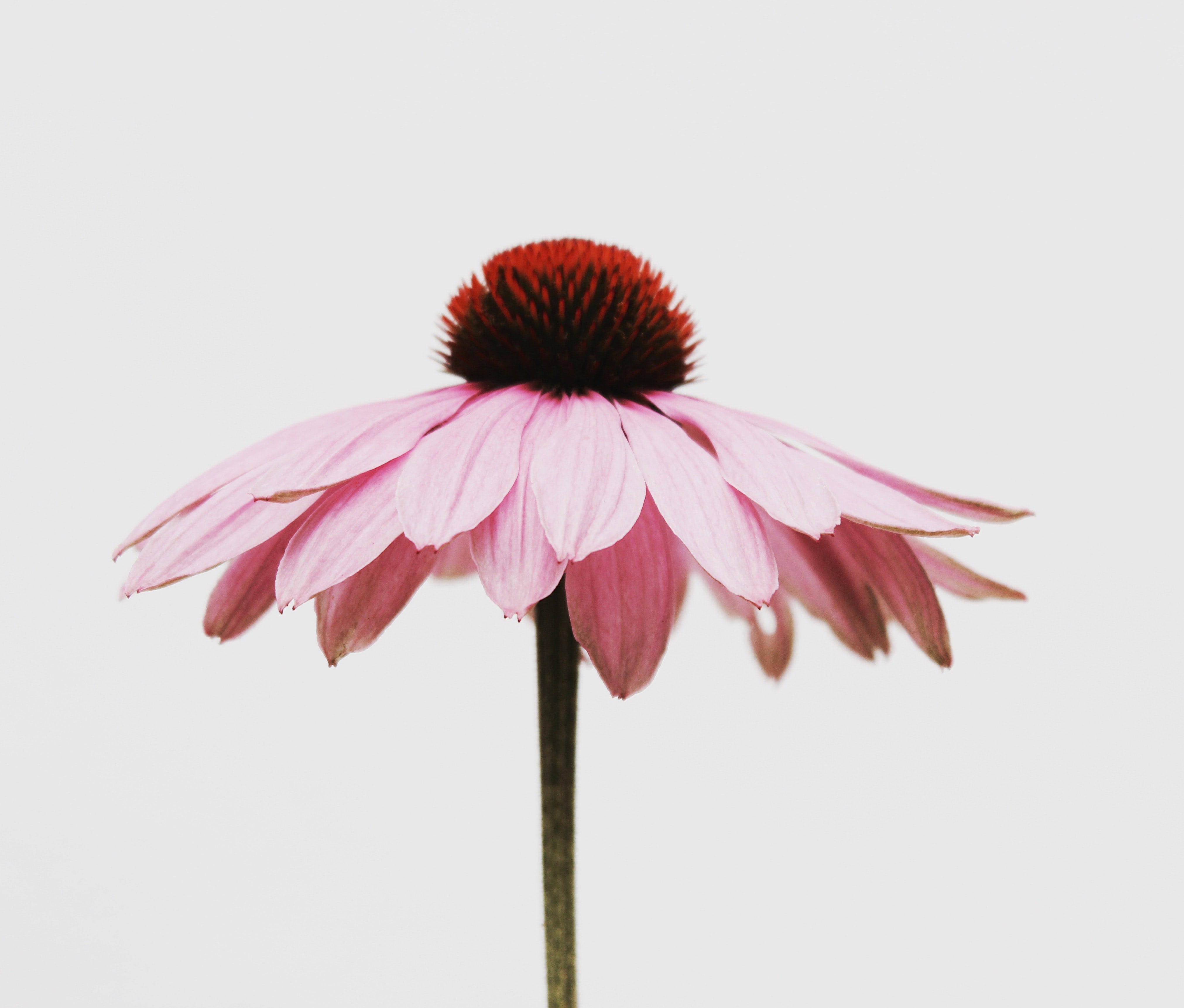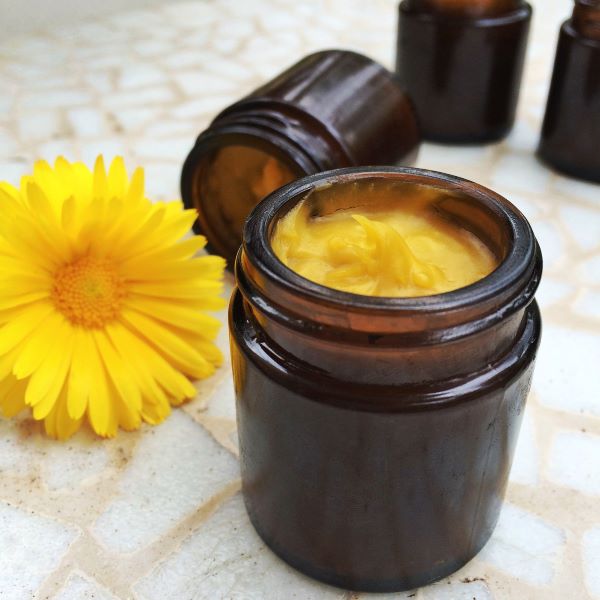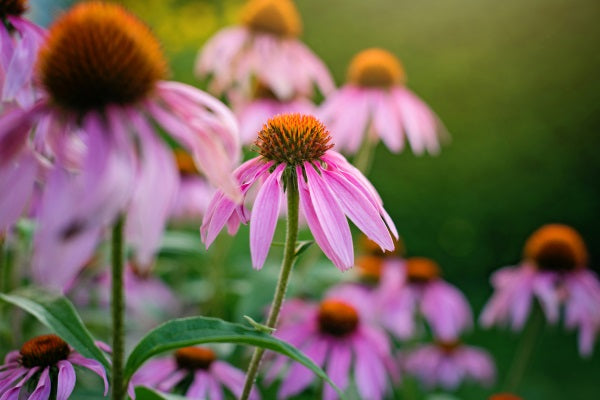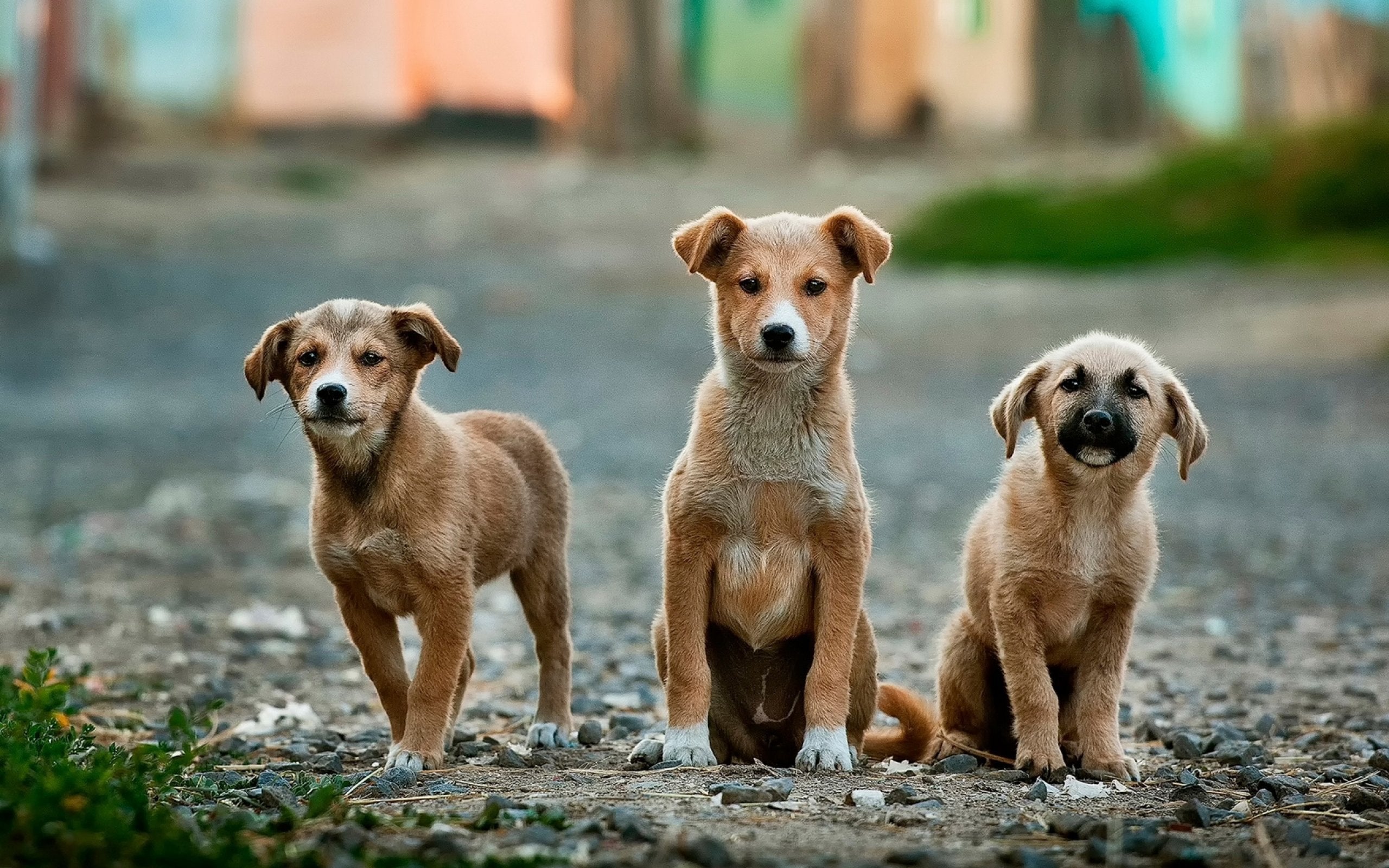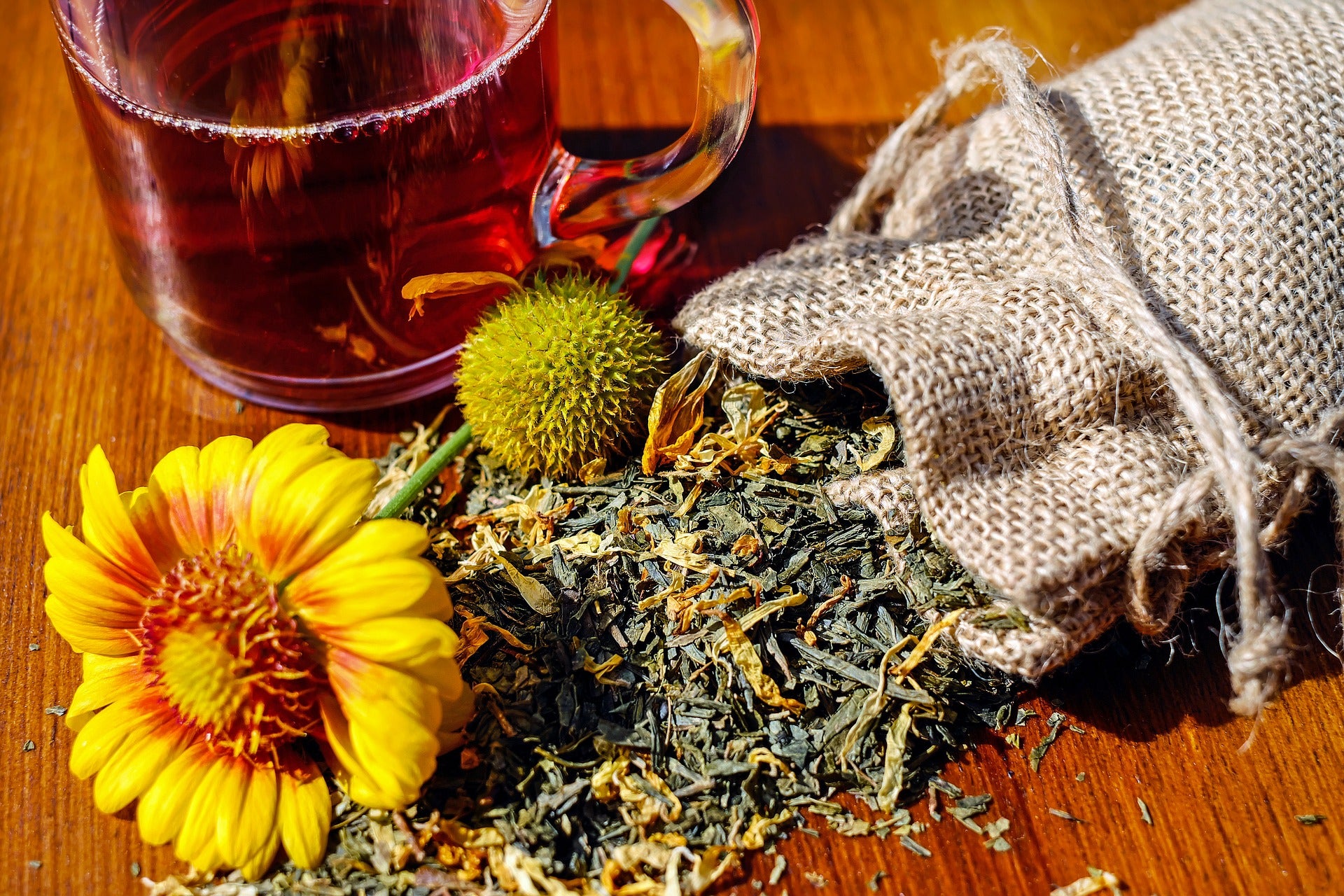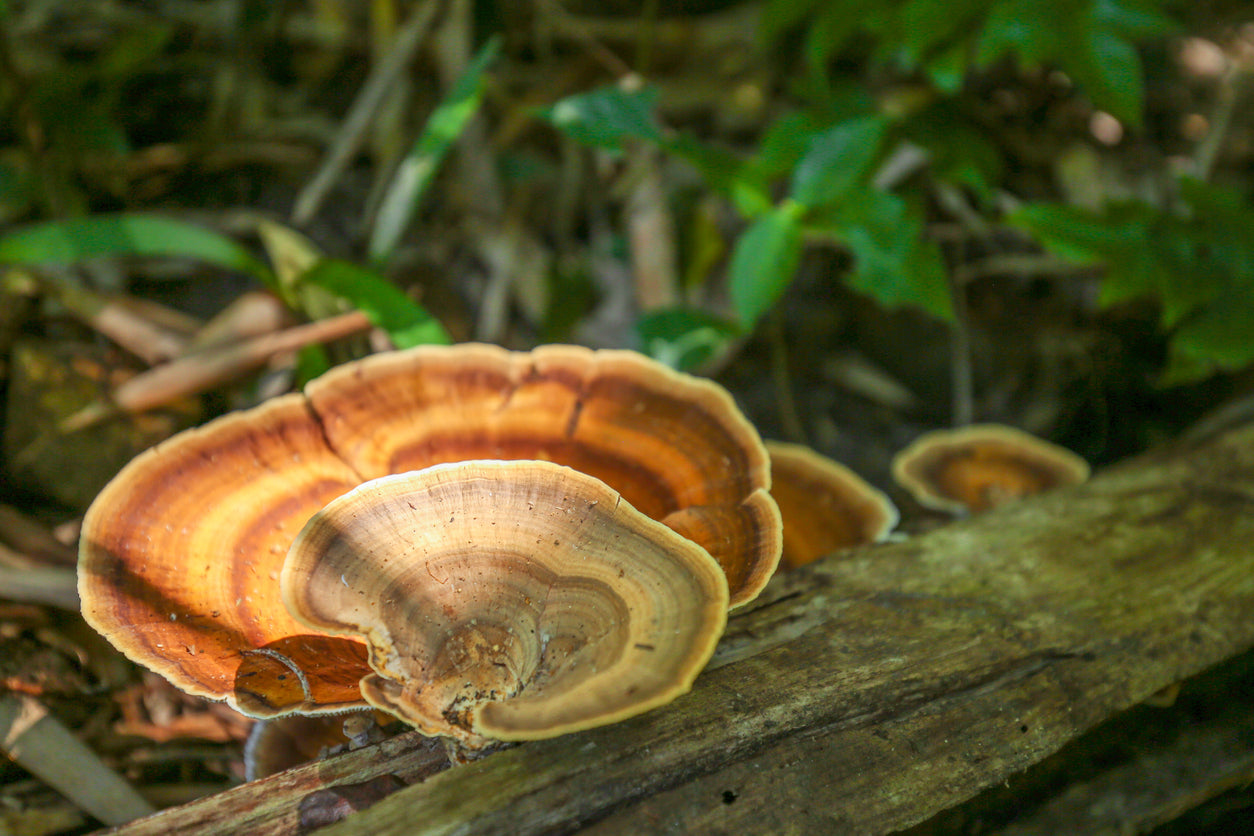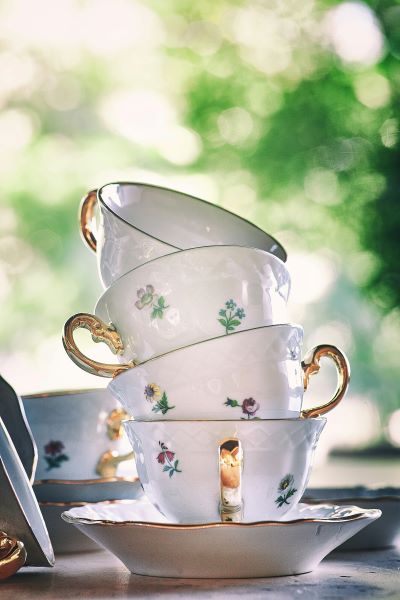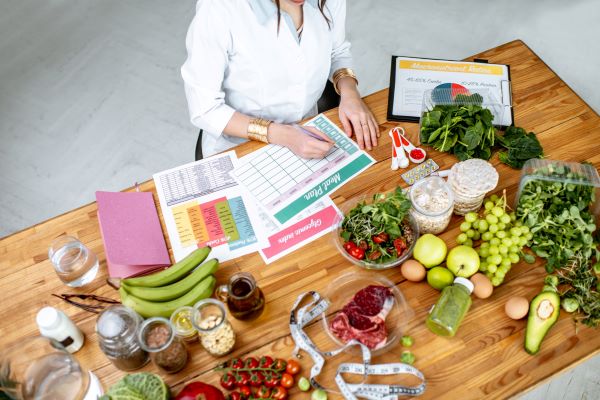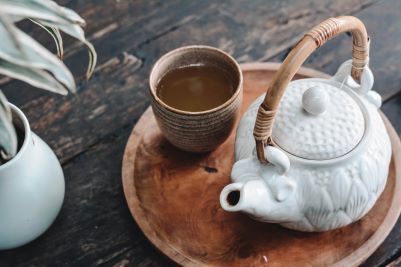
What is Herbal Medicine?
You’ve tried everything — eating well, getting more rest, even taking supplements — but something still feels “off.” Your body (or your pet’s) just isn’t finding its natural balance, and you’re tired of feeling like you’re patching up symptoms instead of addressing the root cause.
When your energy is low, your skin flares, your mind feels foggy, or your dog’s health keeps you up at night, it’s more than just a physical problem — it’s emotional too. It chips away at your confidence, disrupts your routines, and leaves you feeling frustrated and unheard.
Herbal medicine has been trusted for thousands of years in cultures all around the world to nurture, protect, and restore. It works gently but deeply, supporting your body on a cellular level to create balance without harsh side effects, chemical build-up, or dependency. And because we look at the whole person — not just the symptoms — your care is truly holistic, aiming for real and lasting change rather than quick fixes.
At Inner Peace Holistic Herbal Therapy, we combine that ancient wisdom with modern science to create personalised remedies just for you. From herbal teas and liquid formulas to creams, ointments, and nutritional support, every product we create is made with care, using organic ingredients where possible and the highest quality standards.
This isn’t a one-size-fits-all approach — it’s bespoke, holistic care, helping you and your loved ones (including the furry ones) feel supported, balanced, and well again.
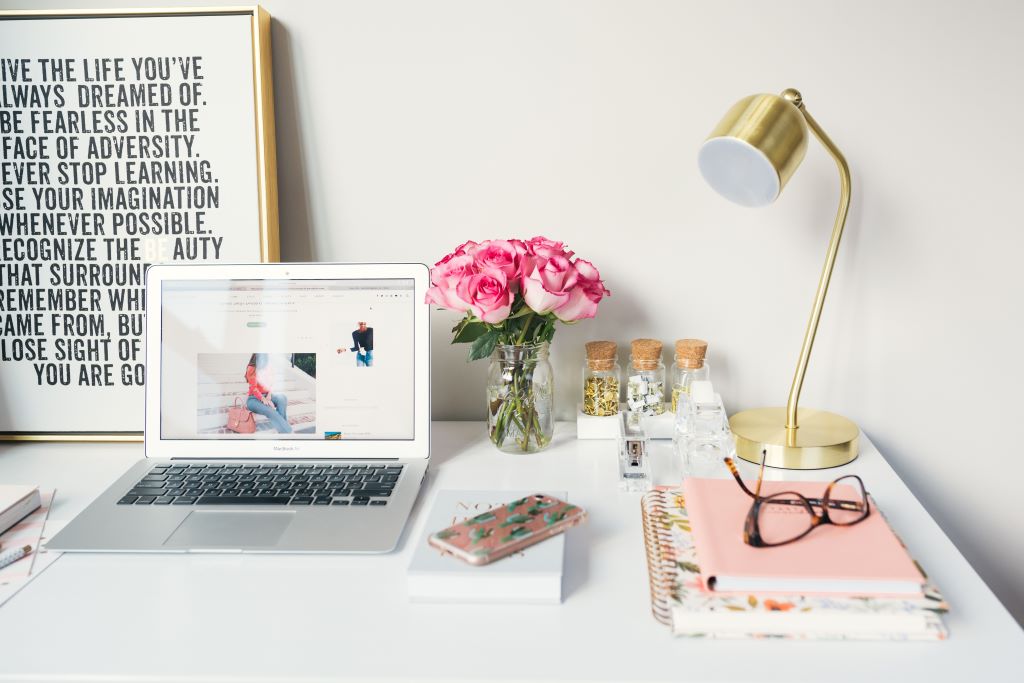
Online Herbal Medicine Consultation
Life can get busy, and sometimes distance or timing makes it hard to visit in person. But that doesn’t mean you need to put your health on hold.
Our online consultations bring the wisdom of herbal medicine straight to you — wherever you are, wrapped in the comfort of your own space. Together, over phone, email, or Zoom, we’ll explore what your body (or your pet) needs and create a treatment plan crafted just for you.
Holistic Services
We focus on the whole person and underlying causes of illness rather than just the symptoms
Shop Online
News and Workshops

Spring Detox Group Workshop
Spring Renewal: Gentle Detox for a Lighter, Brighter You
Connection & Seasonal Energy
As the days grow longer and the air warms, our bodies naturally start to crave lightness, renewal, and a fresh start. After the stillness of winter, spring is the perfect time for a gentle reset — a chance to support your digestion, boost your energy, and lighten the load both physically and emotionally.
What is the Spring Detox Workshop?
The Spring Detox Workshop is a supportive, four-week program where we explore the art of detoxing the herbal way. Together, we’ll meet weekly for live sessions filled with education, guidance, and encouragement.
You’ll discover:
- The physiology of detox and why spring is the perfect time
- Foods and herbs that support natural cleansing
- Simple lifestyle shifts that make a big difference
- How to create a personalised plan that fits your life
What’s Included
Your workshop experience includes:
- 🌿 A two-week detox kit with everything you need to support your reset
- 📜 A printed Spring Detox guide and daily tracker
- 🍵 Weekly live group sessions (in-person) for education and connection
- 💌 Encouragement and support to keep you motivated
The Benefits of a Gentle Detox
This isn’t about harsh cleanses or restriction. It’s a nourishing, supportive reset that helps you:
- Improve digestion and gut health
- Boost your energy and mental clarity
- Release that sluggish winter feeling
- Build seasonal wellness habits that last long after the workshop ends
Who This Workshop is For
Whether you’ve been feeling sluggish, want to explore herbal detoxing, or simply crave a fresh start, this workshop is for you. It’s designed to be accessible, supportive, and adaptable — no matter where you’re at in your wellness journey.
Join Us This Spring
Spaces are limited to keep the group warm and personal!
Where: SoL Healing Crystals Healing Space
70 Main Street Lithgow
When: Starts Sunday, 21st September, (runs for 4 weeks)
Cost: $120
🌼Click here to secure your place and let this spring be your season of renewal.

Acute Care Consults and Group workshops
Inner Peace will be offering FREE Acute Care Consults once a month for 2025 (aiming for the last THURSDAY of each month) from the amazing multi-modality space through SoL Healing Crystals- SoL Healing Space at 70 Main Street Lithgow NSW. Initial times will be from 9.30am- 12.30pm.
This space will also allow Inner Peace to run workshops like our FREE Community Weight Management and Healthy Lifestyle Program and others throughout the year.
The Acute Care Consults are just that- Acute, short and sharp! Anyone can walk in with that niggling complaint they may have been sitting with and have a chat for 10-15 minutes and be offered some herbal guidance, diet advice and lifestyle support. Options to purchase supporting supplements, like herbal medicines, nutraceuticals and more will be offered as additional add-ons to support that niggling issue.
Acute Care complaints might be cold or flu relief, immune support, mood nurturing and improvement, support for sleeping, menopause or period pain relief, acne support, the list really could go on!
So please come along and utilise both the space and the time offered to support the local community with holistic health and wellbeing!
For dates and more information on what's happening check out Inner Peace's Facebook Page.
For more information on what's available in the beautiful healing space check out SoL Healing Crystals Website
https://solhealingcrystals.com.au/
https://studentsoflifehealing.com.au/services/


